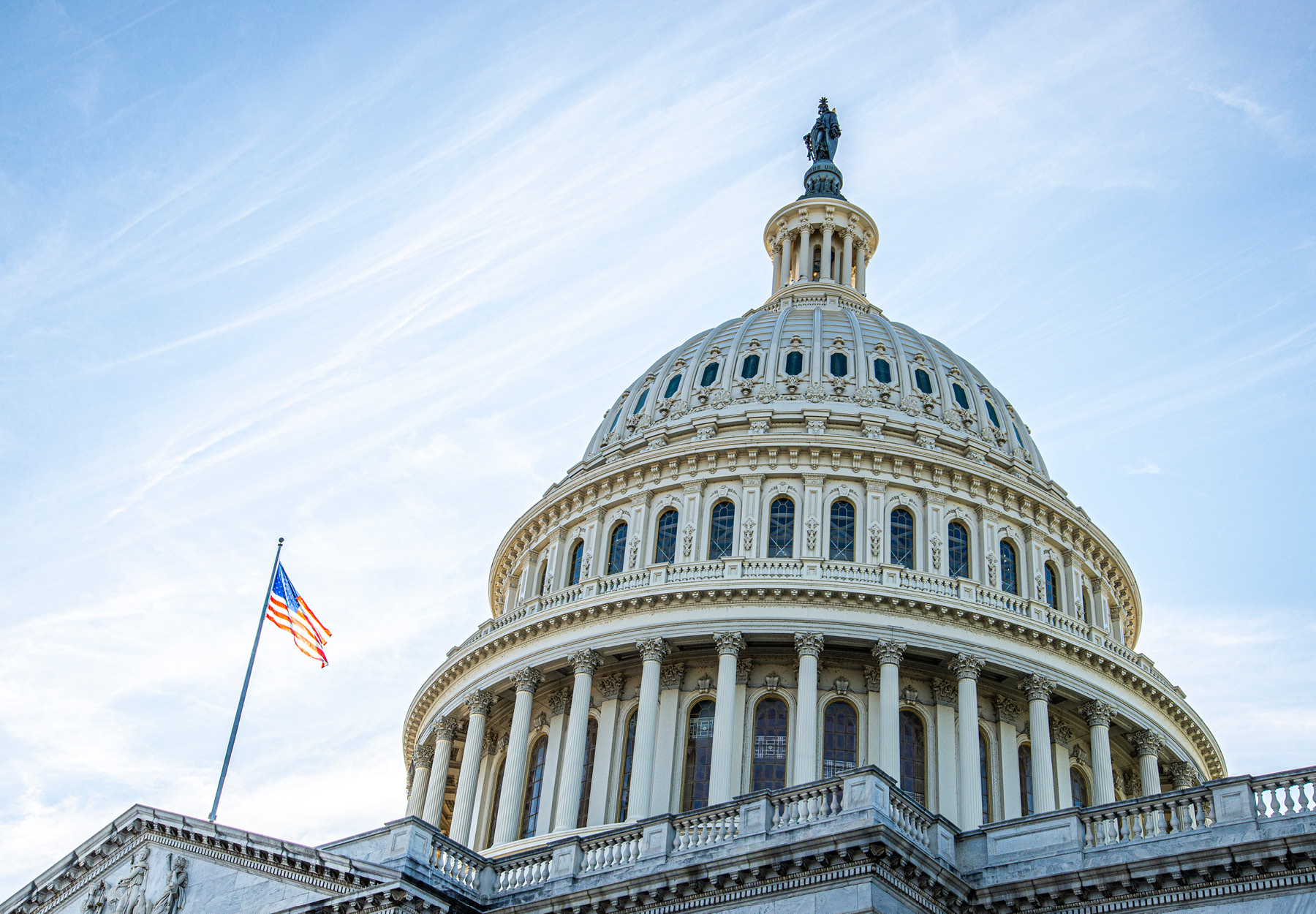So close, and yet so far.
For more than a decade, the lab industry has asked Congress to end the FDA’s capricious reign over laboratory developed tests (LDTs) and replace it with an orderly regulatory system. And now legislation advancing that purpose, the Verifying Accurate Leading-edge IVCT Development (VALID) Act, has advanced further than any previous bill ever has. Moreover, VALID is part of a larger FDA user fees bill that Congress has to pass, at least in some form, by Sept. 1. Yet, ultimate passage is anything but a slam dunk. While just about everybody wants LDT regulation, they don’t all want this particular bill. And that controversy may be enough to derail VALID as it works its way through the final stages of the legislative process.
A New VALID Act
If the name “VALID Act” sounds familiar, it’s probably because other bills bearing that name have popped up in Congress in recent years. While similar in approach, this newest version of VALID is also significantly different from its predecessors. It would establish a risk-based framework for LDTs somewhat akin to the FDA’s current system for regulating medical devices. LDTs would be treated just like tests developed by commercial companies with all in vitro clinical tests (IVCTs) grouped into three tiers:
- High-risk tests whose inaccurate results would be likely to cause death, serious harm, or other negative outcomes, would be subject to FDA premarket review;
- Moderate-risk tests whose inaccurate results would cause only non-life threatening or medically reversible injury or treatment delay, could be brought to market via a voluntary “technology certification” program requiring companies to demonstrate merely that they have appropriate internal test validation processes; and
- Low-risk tests would be exempt from premarket review.
Other LDTs would also be exempt from premarket review, including humanitarian tests intended for use in a small number of patients per year, custom tests, low-volume tests, and modified versions of tests that have already undergone premarket review. Certain CLIA-certified tests “first offered for clinical use” before the date of the VALID Act’s enactment would also be exempt if they meet certain criteria.
While supported by the American Clinical Laboratory Association (ACLA), the new VALID Act has drawn criticism from other groups who feel it is too stringent.
The VALID Act’s Path through Congress
One major source of controversy is the tactics that Senate lawmakers have used to ensure passage of the bill. The VALID Act is incorporated into a broader bill called the Food and Drug Administration Safety and Landmark Advancements (FDASLA) Act of 2022 (S. 4348). The FDASLA started as a more modest bill addressing the FDA’s Medical Device User Fee Amendments (MDUFA). Context: The current FDA user-fees system, MDUFA IV, is due to expire and Congress must pass new MDUFA V legislation by Sept. 1 to keep the system going. The House has already passed its version of user fee reauthorization which doesn’t address LDTs. In addition, the Senate FDASLA bill also includes other major FDA changes not covered by the House, including biosimilars, infant formula, and importation of prescription drugs.
Given the controversy over VALID, the markup, i.e., process in which the Congressional committee responsible for a proposed bill debates and adopts amendments, that took place in the Senate Committee on Health, Education, Labor and Pensions (HELP) in June assumed particular importance.
As it turned out, the committee’s focus was on not the premarket review exemptions but another controversial part of the bill requiring companies that develop LDTs to pay user fees for IVCT review. While justifiable for large commercial test developers, there are concerns that user fees would impose undue financial burdens on individual, nonprofit labs at academic and other medical centers that develop LDTs. So, during markup, Senator Tommy Tuberville (R-Ala.) proposed an amendment that would exempt academic medical centers from the VALID Act. While acknowledging the concern, HELP Committee chair Senator Patty Murray (D-Wash.) characterized the proposed amendment as being too broad and moved to table, i.e., postpone consideration of it. The motion passed by a vote of 12 to 10.
However, the committee did adopt an amendment from Senator Roger Marshall (R-KS) to require a Government Accountability Office (GAO) report to evaluate VALID’s impact on academic medical centers, hospital-based labs, and other providers. And the marked up FDASLA, including the amended VALID Act, passed the committee by a 13 to 9 vote on June 17.
The FDASLA, including the VALID Act, must now go to the full Senate for a vote. If it passes, the FDASLA will go to what’s called a conference committee made up of members of both chambers to negotiate the differences and adopt a final FDA user fee reauthorization bill. It’s far from clear whether the VALID provisions will survive the conference process. Even if the final bill does address LDTs regulation, it will then have to pass both the House and Senate and be signed into law by the president.
Takeaway—What Happens Next
If—and it’s a huge if—the new VALID Act does pass, it will take years to implement. While registration and listing rulings could take effect as early as October 1, 2024, most parts of the Act wouldn’t go into effect until October 1, 2027. But a lot could happen during the runup years. The FDA would have to hold public hearings and write the crucial regulations implementing the Act. Adding to the uncertainty is that the agency would also have discretion to take “additional actions…necessary to ensure an orderly transition.” Such actions would include the establishment of labeling, advertising, postmarket review, and other requirements “to mitigate the risk of harm ensuing from an undetected inaccurate result or misinterpretation of a result.”
